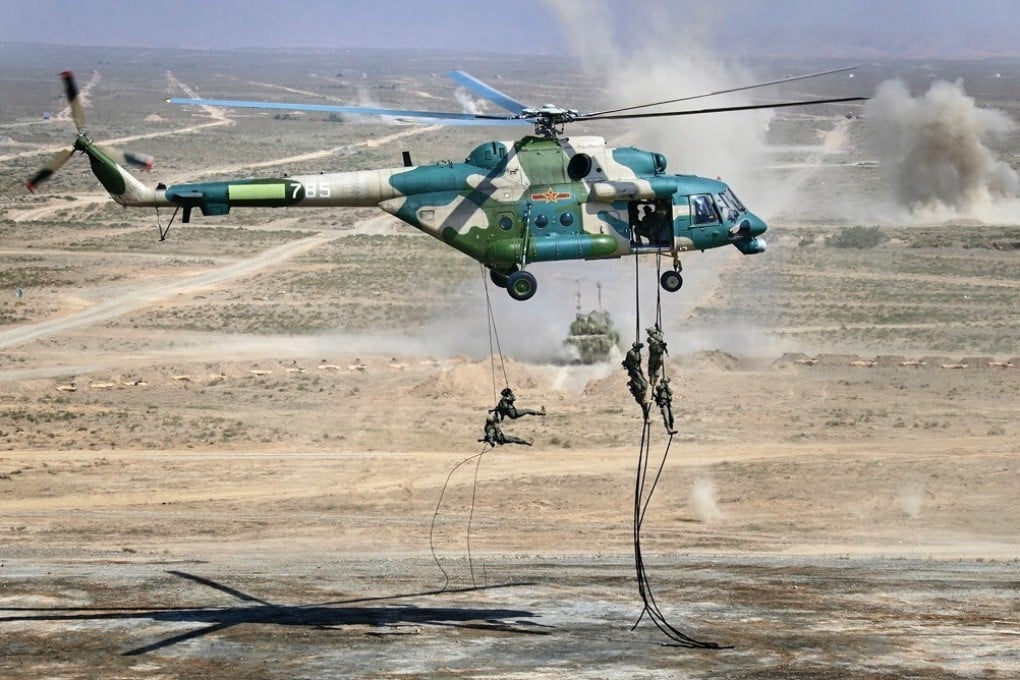China-Russia military drill makes room for combined force against US
- For the first time the two armies used a joint command and control system in a move which echoes the Nato approach
- Chinese and Russian troops were integrated and shared equipment during the joint operations

For the first time, the two militaries used a joint command and control system. The Russian troops were integrated into larger Chinese formations and carried out operations planned by the PLA, according to a statement by China’s defence ministry on Wednesday.

It was also the first time Russian troops used armoured assault vehicles, infantry fighting vehicles (IFVs) and other main battle equipment provided by the Chinese military, a common practice in Nato exercises.
The exercise was the first joint military operation hosted by China since the advent of the pandemic and has drawn attention over its implications for the deteriorating security situation in Afghanistan. But observers say the two militaries have an ultimate target in mind – the United States.